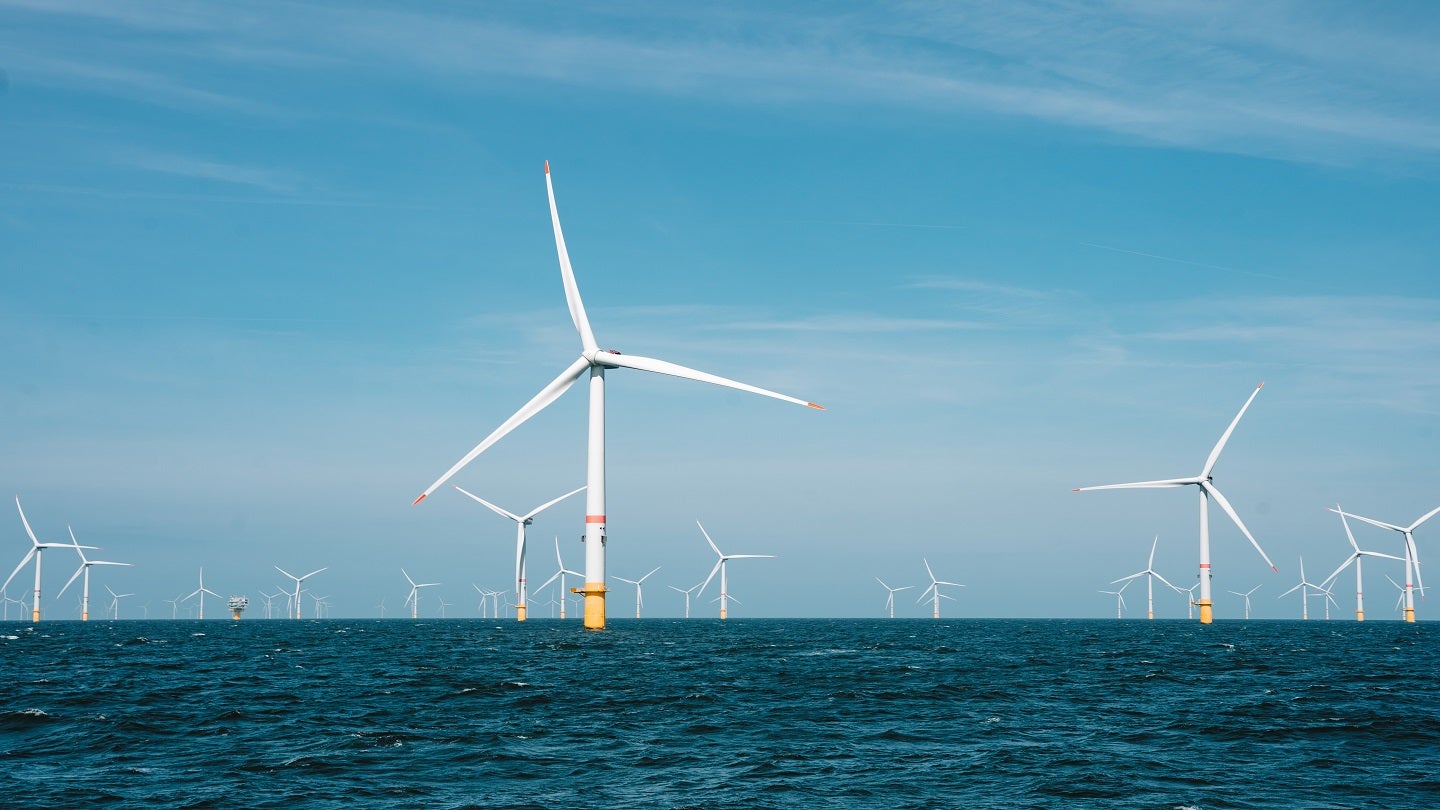
Copenhagen Infrastructure Partners (CIP) has committed to invest $350m in Korean offshore wind projects.
The investments will be made via CIP’s flagship funds, which will be used for the development of gigawatt (GW)-scale projects.

Discover B2B Marketing That Performs
Combine business intelligence and editorial excellence to reach engaged professionals across 36 leading media platforms.
Featuring fixed bottom and floating offshore wind technologies, the projects will be developed in Korea’s Jeonnam Province, including Shinan County, Yongkang County and the Ulsan region, by CIP’s offshore wind development partner, Copenhagen Offshore Partners (COP).
They will help Korea reach its target of 14.3GW of offshore wind power capacity by the end of the 2020s.
Co-CEO of COP Korea David Taesung Yoo stated: “The investment of $350m will go to the development of our offshore wind portfolio in Korea, including the advanced 99MW Jeonnam 1 project.
“We have grown our team to about 70 people based in Korea, including expatriates and local offshore wind experts, and this investment will allow us to continue growing the team and sharing know-how with local partners, and further the local content contribution.

US Tariffs are shifting - will you react or anticipate?
Don’t let policy changes catch you off guard. Stay proactive with real-time data and expert analysis.
By GlobalData“By materialising our GW-scale project, we hope to create momentum in the Korean offshore wind market.”
CIP has been present in the Korean renewable energy market since 2018. It has been involved in the development of offshore wind projects and has secured an electricity business licence for the projects.
CIP managing partner Jacob Baruël Poulsen stated: “We have, since entering the Korean market in 2018, worked diligently with local companies, authorities and communities to develop wind power supply networks and foster an even stronger industry ecosystem.
“And we look forward to accentuating these efforts by investing US$350 million to develop gigawatt-scale offshore wind projects in Korea, which will make a meaningful contribution to both the local and global green transition.”





